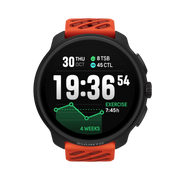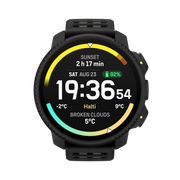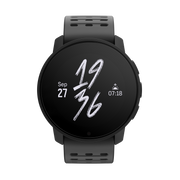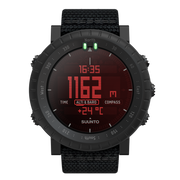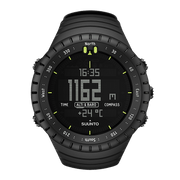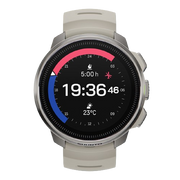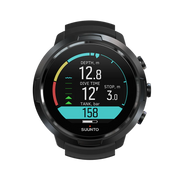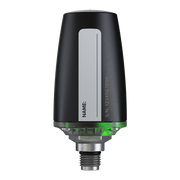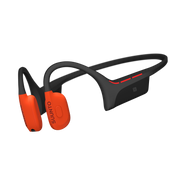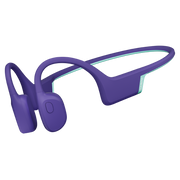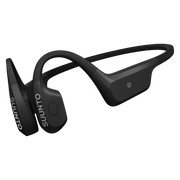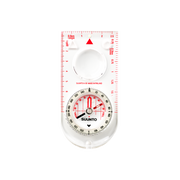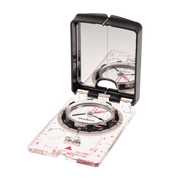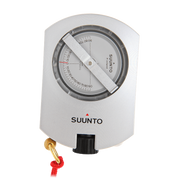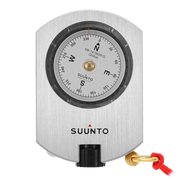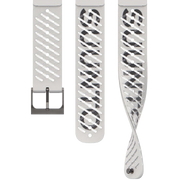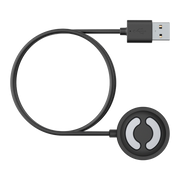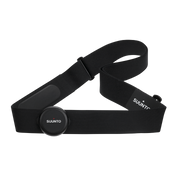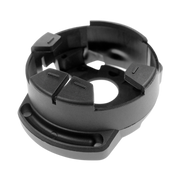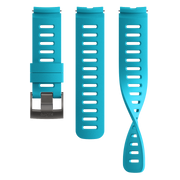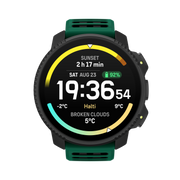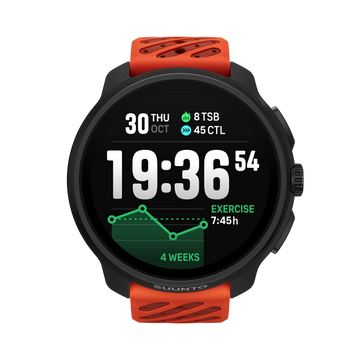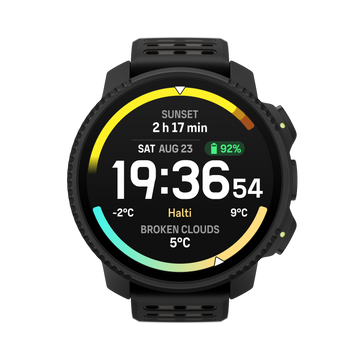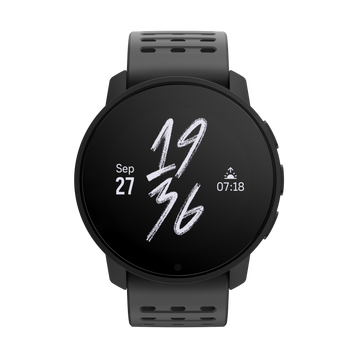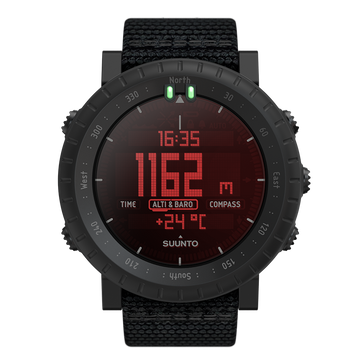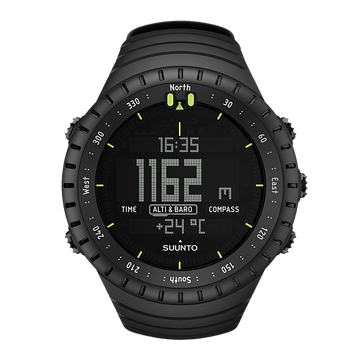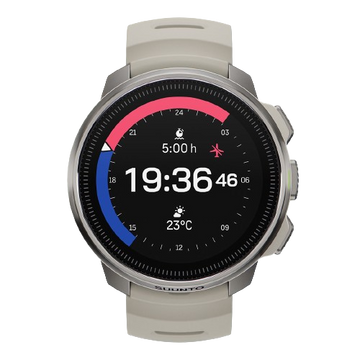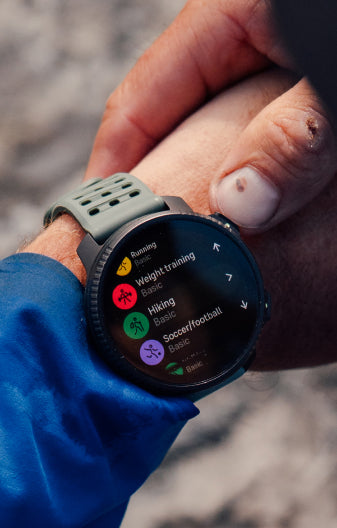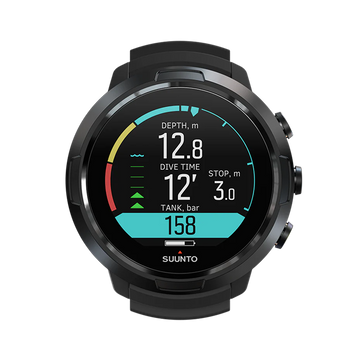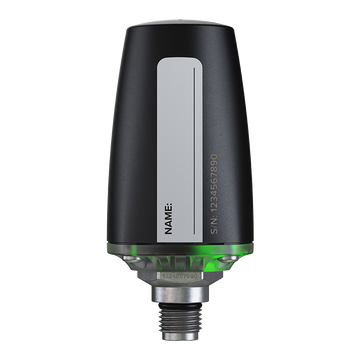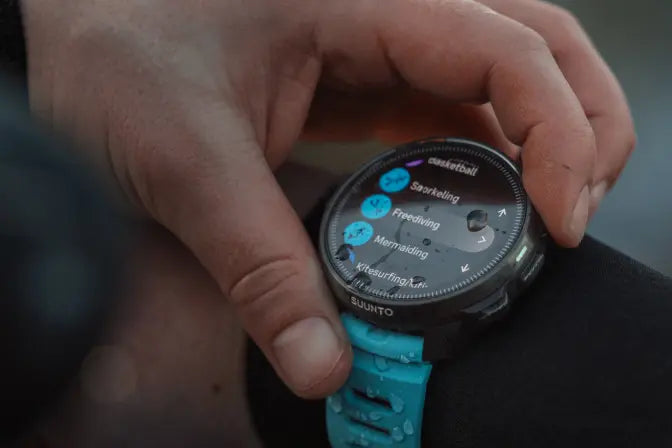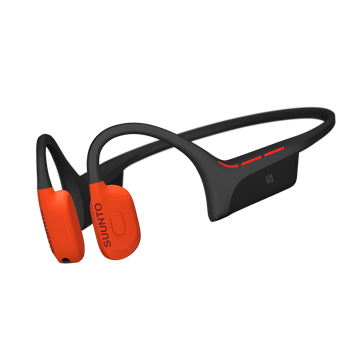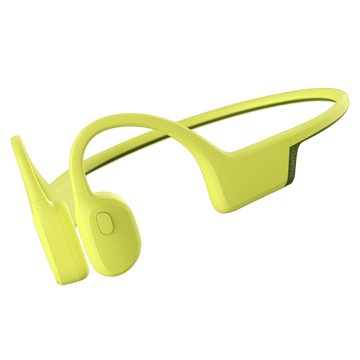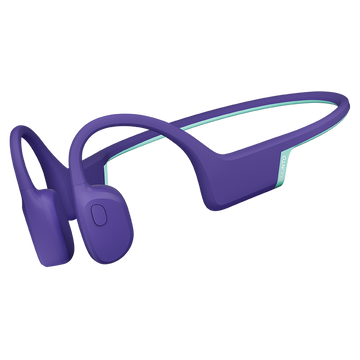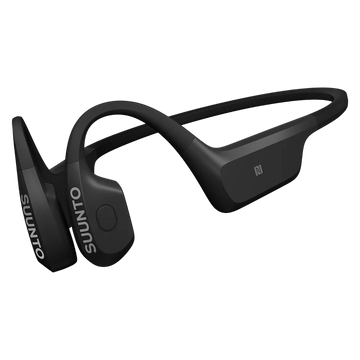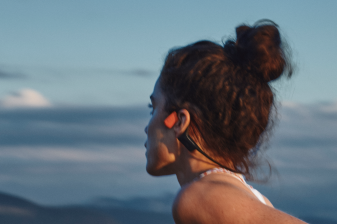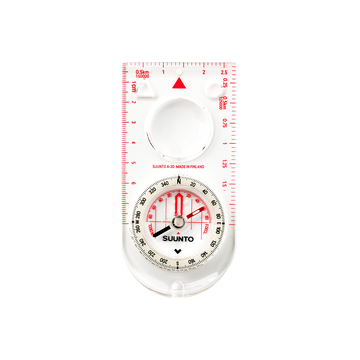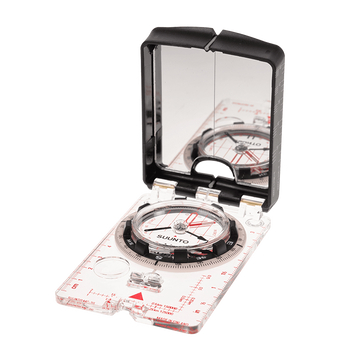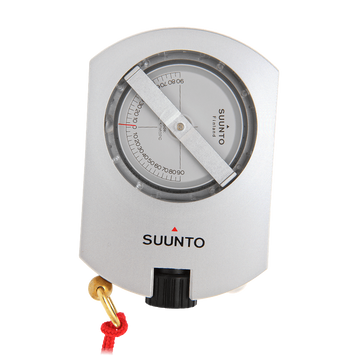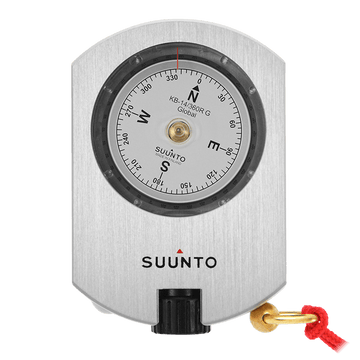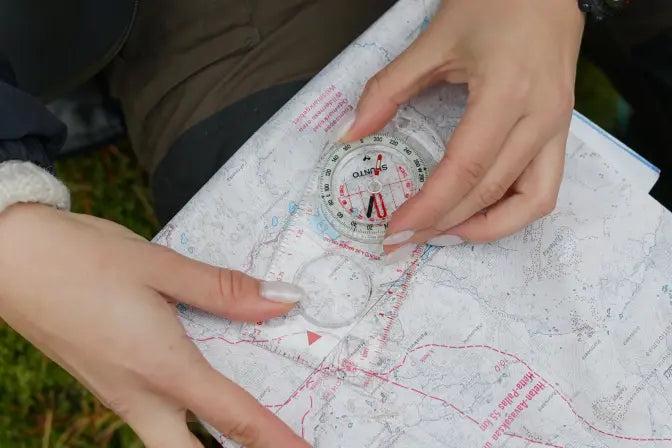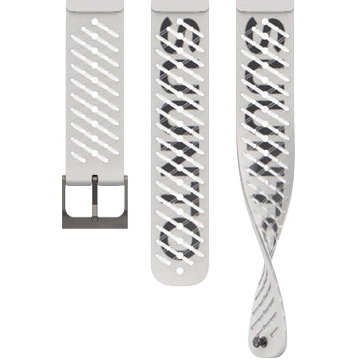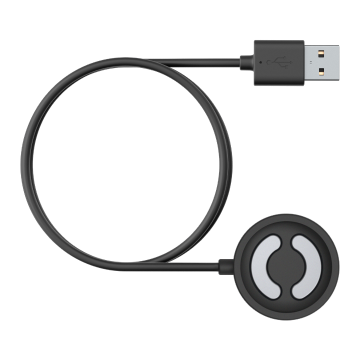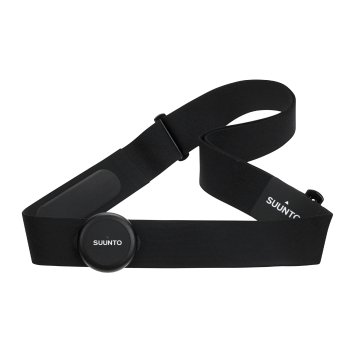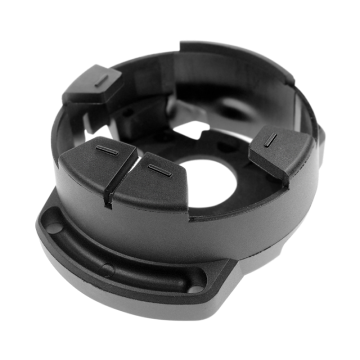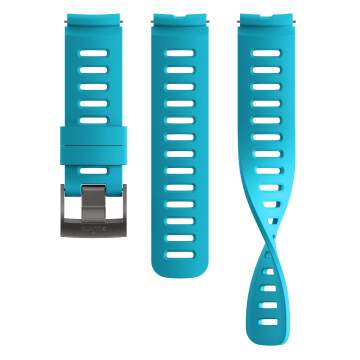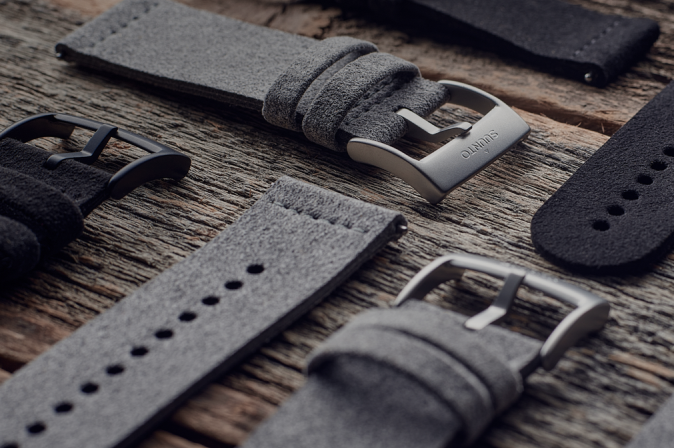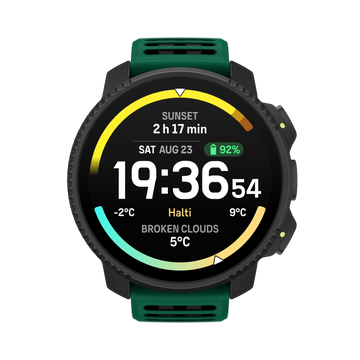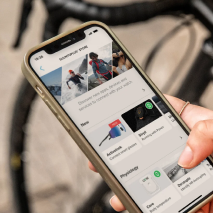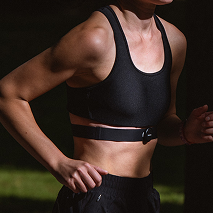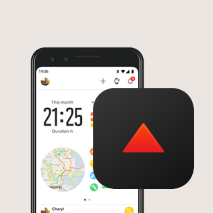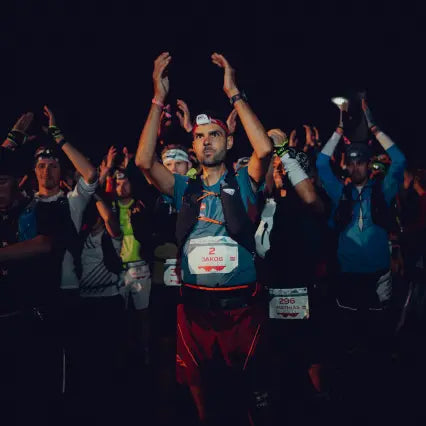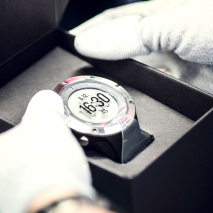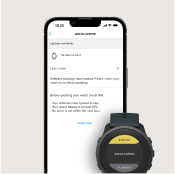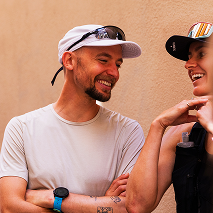

Suunto Blog

Know Your Resting and Max Heart Rate
Keeping track of your heart rate is vital for endurance athletes. In this article Suunto partner PerfectPace explains the ins and outs.
Knowing your max heart rate is an important guide for athletes. It gives you a roof for your training and indicates the level of intensity. On the other hand, one of the first signs of overtraining syndrome is an elevated resting heart rate. For endurance athletes doing high volume training this is essential to watch out for.
Identifying your maximum and resting heart rate is vital for the calculation of training zones. Particularly for endurance training these numbers are very important and they are not hard to come to. But there are a few things to consider.
How to Find Your Maximum Heart Rate
You have probably heard of the formula 220 minus age to get your maximum heart rate. Some say that this formula is not too exact but all in all the results are ok. Unfortunately that is not the case. In most cases the result is way off.
A Norwegian study on more than 3300 healthy women and men has tested their maximum heart rate. The graphic below shows the result. What we can see is that the average values for the whole population is on a straight line. But for most individuals their maximum heart rate is far from that line. The conclusion is that the formula works for the average global population but not for an individual.
When looking at the graph it is also evident that no formula can calculate the individual maximum heart rate. The results are just too scattered. The only way to get to your max HR is via a test.
Source: Age-predicted maximal heart rate in healthy subjects: The HUNT Fitness Study
How to Test Your Maximum Heart Rate
The maximum heart rate should be tested in your sport. Runners should run and swimmers swim. Triathletes should do a run test. The heart rate is the highest in running of all three sports. A max HR test is VERY demanding. You need to go to your limit and that will hurt.
A typical test for runners looks like this:
Warm up for at least 10 minutes. Now increase your tempo for 5 minutes until you get out of breath. This is the time to start a one minute spurt. It will hurt but you need to max out. Depending on your ability to push yourself you'll get close to your maximum heart rate.
To make the most of this kind of intensity training, consider using the Suunto Run sports watch. Designed specifically for runners, it accurately tracks your heart rate—even during short bursts—and helps you understand how close you are to your maximum capacity. With dedicated running modes, recovery insights, and real-time pace and effort metrics, Suunto Run keeps you in tune with your body, so you can train smarter and go further.
How to Find Your Resting Heart Rate
Like for the maximum heart rate there is no formula to calculate your resting heart rate. The resting heart rate is even more individual than the maximum heart rate. Some sport watches like Sunnto Run can measure your pulse while sleeping. In the morning you will have your resting heart rate.
If you don’t have such a device you can simply measure your heart rate right after you woke up. Untrained have a resting heart rate between 60-80 bpm. Endurance athletes might have only 35 bpm. The reason for such differences are adaptations to the cardiovascular system. The heart gets stronger and more efficient when under high load but also when resting.
What Is a Normal Resting Heart Rate?
For adults, a typical resting heart rate falls between 60 and 100 beats per minute.
In general, a lower resting heart rate indicates a more efficient heart and stronger cardiovascular fitness. For instance, highly trained athletes often have resting heart rates as low as 40 beats per minute.
Changes of the Maximum and Resting Heart Rate
The heart rate changes during your lifetime. Simply by getting older. A new born baby has a resting heart rate of 130-140 and it drops with every year. This is the reason why the formula 220 minus age came up. But there are a lot more factors than just age that influence your heart rate all the time. Therefore you should test again from time to time to make sure your training zones match your physiology.
But there are also short term changes in your heart rate. You won’t be able to reach your max heart rate every day. Also the resting HR is changing from day to day up to 15 beats per minute. reasons can be a cold or over training. By checking your resting heart rate regularly you can spot abnormal stress levels early and adapt your training.
What Is a Dangerous Heart Rate?
A dangerous heart rate refers to a resting heart rate that is abnormally high or low and may indicate an underlying health issue. However, context matters—well-conditioned athletes, for example, often have resting heart rates below 60 bpm, which can be perfectly healthy.
Several factors influence whether a heart rate is dangerous, including age, fitness level, sex, medical history, and the use of certain medications. Symptoms such as dizziness, chest pain, shortness of breath, or fainting—especially when paired with an abnormal heart rate—may signal a serious problem and should prompt medical attention.
Always consult a healthcare provider for heart rate concerns that seem unusual or are accompanied by other symptoms.
PerfectPace is the endurance training platform for triathletes that takes you a step ahead. For a steady performance gain you had to know a lot about training methodology to plan your training sessions. Especially in a sport like triathlon where three sports need to be planned correctly. This is where PerfectPace steps in. It offers not only unique statistics that up to now were only available in expensive desktop applications but it also helps to create a plan that boosts your performance with the help of artificial intelligence, big data and the latest advances in training science. PerfectPace considers not only your training activities but also rest days, tapering, even injury and your personal strengths and weaknesses.
Read More Articles
10 Proper Running Techniques for Every Runner
Expert Breathing Tips For Running

Hagia – Finding freedom through movement
Movement has the power to bring us closer — to ourselves, to each other, and to the world around us. For Hagia and her father, it’s not about racing or winning. It’s about sharing moments of freedom, connection, and understanding. This is their story.
Meet Hagia, a 12-year-old autistic girl who finds peace in motion. Running and swimming are not about competition — they’re her way of feeling free.
By her side is her father, Udey, who joins her in every step and stroke, using movement as a bridge into her world.
A story of love, freedom, and connection.
Watch the film now!

Lavaredo Ultra Trail by UTMB
We are ready - are you?
The 18th edition of the Lavaredo Ultra Trail by UTMB features a particularly challenging course, with a total distance of 120 km and 5,800 meters of elevation gain. The maximum race time is 30 hours, starting from Cortina.
Once again this year, all races are fully booked across the event.
Each day is dedicated to a different distance, creating a full schedule of daily events — with the exception of 27 June, when both the longest race (120 km) and the intermediate race (50 km) will take place:
25 June 2025: Lavaredo 10K – 10 km – elevation gain 200 m⁺
26 June 2025: Lavaredo 20K – 20 km – elevation gain 1,000 m⁺
27 June 2025: Lavaredo 50K – 50 km – elevation gain 2,600 m⁺
28 June 2025: Lavaredo 100K – 100 km – elevation gain 4,600 m⁺
27 June 2025: Lavaredo 120K – 120 km – elevation gain 5,800 m⁺
Many of our Suunto athletes are ready to give it their all:
Ugo Ferrari
Nadir Maguet
Florian Olivier
Claudia Tremps
Martina Valmassoi
Courtney Dauwalter
Alyssa Amos Clark
Katarzyna Wilk
Andreas Reiterer
Tony McCann
Suunto will be present in the village with a stand where our team will be happy to share the latest brand news and showcase our products.
But that's not all — take part in the HOP HOP RUN in collaboration with Näak and Buff. Experience the thrill of running 8 km through the beautiful Dolomites and try one of our sport watches during the run!
We look forward to seeing you on Friday, 27 June at 10:00 AM at the Suunto stand at the UTMB Expo / Ice Skating Stadium – Cortina.
👉 Register now and book your unique opportunity to test one of our sportwatches during the run!
Register

Powered by people, inspired by the trail: Introducing Suunto x PWRUP
Suunto teams up with Paris-based sports crew PWRUP for a bold new watch strap collaboration inspired by trail running, island adventures, and the power of community.
Born in Paris in 2019, PWRUP (short for Power Up) is more than a sports crew – it’s a movement. A vibrant collective of runners, cyclists, climbers, and explorers, PWRUP has trail running at its heart but thrives in all forms of motion. They’re known for blending lifestyle with performance, constantly pushing limits while building community through shared energy and unforgettable adventures.
Describing themselves as a family, PWRUP is as much about people as it is about sport. Whether they’re navigating the streets of Paris or volcanic trails on remote islands, they’re always seeking connection. “I started running in 2015 to stay in shape and quickly fell in love with the sport, discovering its deep impact on my creativity and mental clarity,” says Ruddy Trobrillants, one of the crew’s core members. “Whether navigating the streets of the city or the volcanoes of nearby islands, I’m always chasing connection, balance, and the next big adventure.”
That spirit – of movement, discovery, and energy – is now woven into a new collab between Suunto and PWRUP.
“The first time I ran with a Suunto watch was during Transvulcania, an intense Ultra marathon in La Palma, in 2022. This is definitely my favorite race, and it allowed me to discover this amazing island,” Ruddy says. “So, when I had the chance to work on a strap design with Suunto, I directly knew that I was going to mix PWRUP DNA and to pay homage to the Isla Bonita.”
The SUUNTO x PWRUP watch strap reflects the volcanic earth and rugged rock formations leading up to El Roque de los Muchachos at 2,400 meters above sea level.
Embedded with subtle particles to mirror the rocky trail and designed with layered PWRUP logos to symbolize the energy within you, the strap is more than gear – it’s a story. A reminder that the power is already inside you.
Photography by PWRUP – WORN WILD

Run with the new Suunto Run GPS watch
Check out these 10 essential running features of the Suunto Run watch and see which ones can support you in reaching your goals!
We run to have fun, to unwind, to stay healthy. But we also run to see progress, to push our limits, to compete. Whatever your target, Suunto Run supports you with these ten run-specific features – and more.
Interval runs
Build structured workouts in the Suunto app and let your watch guide you through the session! With custom intervals, you get exactly the right stimuli for your training goal.
Ghost Runner
Ghost Running is perfect for pacing long runs and steady efforts. Set your target pace and try to keep up with your virtual pacer. And it works both ways – you can use it to avoid going too fast on those easy, long days.
Goals
Setting a clear goal helps you stay focused and committed. With Suunto Run, you can define targets for each workout based on duration, distance, ascent, or calorie consumption.
Track running
The dedicated track running mode captures your every lap with precision. Select the lane you’re running in, hit start, and the feature calibrates during your first lap – giving you highly accurate data throughout your session.
Marathon Time
Suunto Run’s Marathon Time gives you a real-time estimate of your marathon finish time based on your current pace. It helps you pace yourself more evenly and avoid going out too fast on race day.
Voice feedback
Pair your Bluetooth headphones with Suunto Run to receive voice updates on your lap performance – even without having your mobile phone with you. For example, turn on auto laps to get regular summaries without needing to glance at your watch.
Metronome
Cadence – the number of steps you take per minute – is a great indicator of efficient running form. Use Suunto Run’s metronome to maintain your target step frequency. A cadence of around 180 steps per minute is commonly recommended.
Hydration reminders
Especially during long or hot runs, staying hydrated is critical. Set hydration and nutrition reminders on your Suunto Run to help you stay fueled and performing your best.
Connect with your favorite running apps
All your runs sync automatically to the Suunto app, where you can analyze your sessions and track long-term progress. The Suunto app also connects with hundreds of partner services, including Strava, Adidas Running, MapMyRun, ASICS Runkeeper, and many more.
Plus all the essentials
Beyond these nine run-specific features, Suunto Run offers everything you’d expect from a high-performance GPS watch: optical heart rate measurement, accurate dual-band GPS for pace and distance, recovery and training load insights, heart rate variability tracking, sleep monitoring, and much more.
Learn more about Suunto Run at suunto.com/suuntorun

Why do we run?
What drives someone to run at 6AM through frosty streets, while another takes on a 50K mountain ultra? Why do we run? As Dr. Neil Baxter shows, the answers are far from simple.
Dr. Neil Baxter is a social scientist with a passion for running – not just as a sport, but as a cultural phenomenon. After a five-year research project into British running culture at the University of Warwick, his insights were published in a book on the subject. In a recent talk, he unraveled the complex web of motivations that drive people to run – and how those reasons have changed dramatically over the past century.
From the track to the trail: How running has changed
If you were to picture a runner in the 1950s, chances are you’d imagine a young, white male – perhaps a university athlete, chasing track records with serious intent. Running, back then, was largely the domain of the competitive few. Recreational joggers, when they began appearing in suburban America in the 1960s, were so unfamiliar that some were stopped by police. Society didn’t quite know what to make of people running slowly down the street without the clear goal of a finish line.
Today, that narrow image of the runner has exploded into a kaleidoscope of diversity. We now associate running with people of all backgrounds and body types. We run on city streets, park trails, forest paths. Some chase personal bests, some run for mental clarity, others to raise funds for charity – or simply to feel alive in nature.
Health crises, spiritual highs, and social status: The motivations over time
The initial running boom in 1960s America was largely a response to rising health concerns, especially heart disease linked to sedentary lifestyles. When jogging entered the public consciousness – thanks in part to Nike co-founder Bill Bowerman’s efforts – it promised a way to take back control of one’s well-being. But running didn't just become a solution for physical health; it soon acquired a deeper meaning.
By the 1970s, running had woven itself into the counterculture, with books like The Zen of Running casting it as a spiritual practice. The “runner’s high” was seen not only as a chemical rush but as a transcendent experience – “a flowering of new colours in the soul,” as one writer put it.
At the same time, running was adopted by the rising class of ambitious professionals. It became a symbol of individual discipline, self-reliance, and success – ideals that aligned with emerging neoliberal values. For some, running marked them as part of a new physical elite.
The marathon emerged as the ultimate badge of achievement during the 1980s, with participation skyrocketing – especially among male executives seeking a controlled but intense test of toughness. Women, meanwhile, were still being excluded from many of these spaces: the Olympic women’s marathon wasn’t held until 1984.
That changed in the early 2000s. A new wave of participation – this time led by women – reshaped running yet again. More inclusive events and broader motivations came into play: fun runs, charity races, color dashes, and community events attracted people who were less driven by competition and more by social connection, physical health, and joy.
As marathons became more accessible, some competitive runners shifted toward more extreme formats – like ultramarathons and mountain races. These forms of running, according to Neil’s research, are still disproportionately populated by the same higher-income, male demographic that dominated marathons in earlier decades. Running, even in its most rugged forms, remained a stage for expressing identity, values, and even social class.
So why do you run?
Neil Baxter’s data underscores what many of us feel instinctively: there’s no single reason people run – there are many, often overlapping ones.
Most runners, according to his survey, cited general fitness and emotional well-being as key motivators. Fewer than a quarter said competition was a very important driver. Gender and age also played a role: men were more likely to cite competition and speed, while women prioritized physical and mental health. Interestingly, older runners – especially those over 70 – saw an uptick in social motivations and community connection.
Motivations also shift based on the type of running. Track athletes skew competitive and social, while hill and trail runners are drawn to nature. Joggers (non-competitive runners) emphasize physical appearance, and obstacle course racers often cite charitable fundraising.
The many faces – and reasons – of running
From elite track athletes to casual joggers, from urban commuters to ultrarunners in remote wilderness, running has become a multifaceted activity with room for everyone. Its meaning is no longer confined to podiums or personal records.
As Neil Baxter puts it, “Many ideas, meanings, or forms of significance have been attached to the simple act of putting one foot in front of the other.” Running is now as diverse as the people who do it – and as complex as the lives they lead.
Whether you run to compete, to clear your mind, to feel strong, or to be part of something bigger, your reason is valid. And just like the sport itself, your reason can change – evolve – over time.
Because in the end, we all have our own pace, path, and purpose. Simply put: run your own story.
